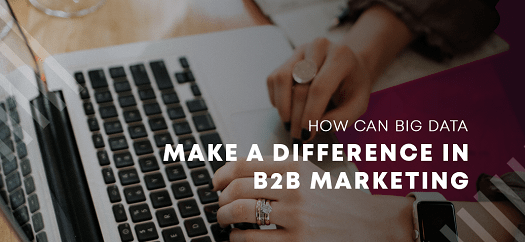By Joe McKendrick,
Is there a way for IT leaders to be proactive about AI and machine learning without ruffling and rattling an organization of people who want the miracles of AI and ML delivered tomorrow morning? The answer is yes.
How should IT leaders and professionals go about selecting and delivering the technology required to deliver the storied marvels of artificial intelligence and machine learning? AI and ML require having many moving parts in their right places, moving in the right direction, to deliver on the promise these technologies bring — ecosystems, data, platforms, and last, but not least, people.
Is there a way for IT leaders to be proactive about AI and ML without ruffling and rattling an organization of people who want the miracles of AI and ML delivered tomorrow morning? The answer is yes.
The authors of a recent report from MIT Sloan Management Review and SAS advocates a relatively new methodology to successfully accomplish the delivery AI and ML to enterprises called “ModelOps.” While there a lot of “xOps” now entering our lexicon, such as MLOps or AIOps, ModelOps is more “mindset than a specific set of tools or processes, focusing on effective operationalization of all types of AI and decision models.”
That’s because in AI and ML, models are the heart of the matter, the mechanisms that dictate the assembly of the algorithms, and assure continued business value. ModelOps, which is short for :model operationalization, “focuses on model life cycle and governance; intended to expedite the journey from development to deployment — in this case, moving AI models from the data science lab to the IT organization as quickly and effectively as possible.”
In terms of operationalizing AI and ML, “a lot falls back on IT,” according to Iain Brown, head of data science for SAS, U.K. and Ireland, who is quoted in the report. “You have data scientists who are building great innovative things. But unless they can be deployed in the ecosystem or the infrastructure that exists — and typically that involves IT – – there’s no point in doing it. The data science community and AI teams should be working very closely with IT and the business, being the conduit to join the two so there’s a clear idea and definition of the problem that’s being faced, a clear route to production. Without that, you’re going to have disjointed processes and issues with value generation.”
ModelOps is a way to help IT leaders bridge that gap between analytics and production teams, making AI and ML-driven lifecycle “repeatable and sustainable,” the MIT-SAS report states. It’s a step above MLOps or AIOps, which “have a more narrow focus on machine learning and AI operationalization, respectively,” ModelOps focuses on delivery and sustainability of predictive analytics models, which are the core of AI and ML’s value to the business. ModelOps can make a difference, the report’s authors continue, “because without it, your AI projects are much more likely to fail completely or take longer than you’d like to launch. Only about half of all models ever make it to production, and of those that do, about 90% take three months or longer to deploy.”
Getting to ModelOps to manage AI and ML involves IT leaders and professionals pulling together four key elements of the business value equation, as outlined by the report’s authors.
Ecosystems: These days, every successful technology endeavour requires connectivity and network power. “An AI-ready ecosystem should be as open as possible, the report states. “Such ecosystems don’t just evolve naturally. Any company hoping to use an ecosystem successfully must develop next-generation integration architecture to support it and enforce open standards that can be easily adopted by external parties.”
Data: Get to know what data is important to the effort. “Validate its availability for training and production. Tag and label data for future usage, even if you’re not sure yet what that usage might be. Over time, you’ll create an enterprise inventory that will help future projects run faster.”
Platforms: Flexibility and modularity — the ability to swap out pieces as circumstance change — is key. The report’s authors advocate buying over building, as many providers have already worked out the details in building and deploying AI and ML models. “Determine your cloud strategy. Will you go all in with one cloud service provider? Or will you use different CSPs for different initiatives? Or will you take a hybrid approach, with some workloads running on-premises and some with a CSP? : Some major CSPs typically offer more than just scalability and storage space, such as providing tools and libraries to help build algorithms and assisting with deploying models into production.”
People: Collaboration is the key to successful AI and ML delivery, but it’s also important that people have a sense of ownership over their parts of the projects. “Who owns the AI software and hardware – the AI team or the IT team, or both? This is where you get organizational boundaries that need to be clearly defined, clearly understood, and coordinated.” Along with data scientists, a group that is just as important to ModelOps is data engineers, who bring “significant expertise in using analytics and business intelligence tools, database software, and the SQL data language, as well as the ability to consistently produce clean, high-quality, ethical data.”
Feature Image Credit: IBM Media Relations







